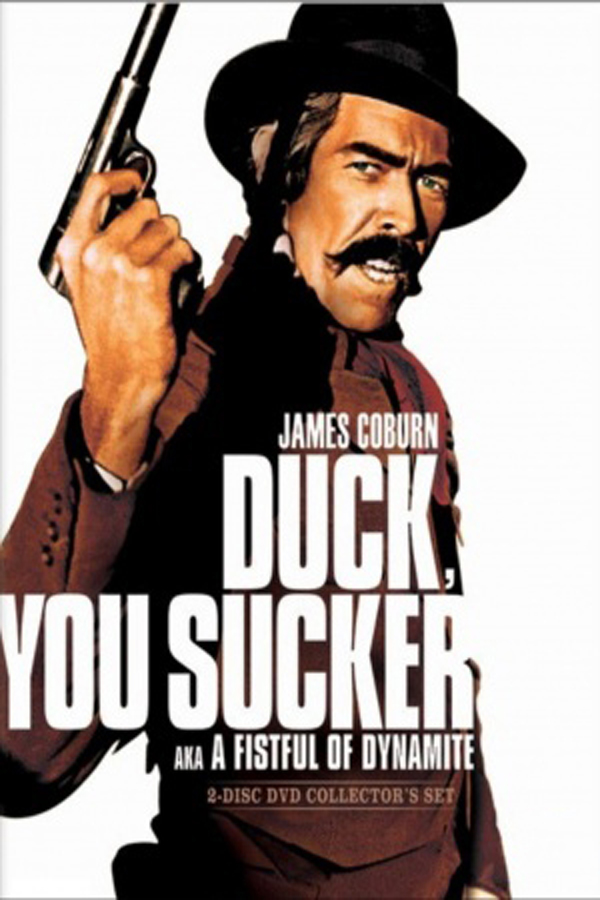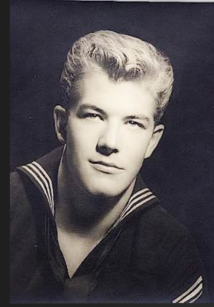Richard Harrison(II)
The mighty, musclebound actor Richard Harrison was one of a slew of handsome American pectoral hunks whose 1950's career in Hollywood amounted to little more than brawny bits but, after, being lured to Italy, became a popular sword-and-sandal star of the early 1960's. Unlike many others, Harrison managed to sustain his action star status, making over 100 European/Asian films due thanks to his impulsive trek abroad.
Born on May 26, 1936 in Salt Lake City, Richard relocated to sunny Southern California in his late teens where his blond, tanned, chiseled good looks (he was sometimes mistaken for handsome actor Guy Madison) landed him modeling work both on runways and in beefcake magazines such as "Body Beautiful," "Adonis" and "Physique Pictorial."
It didn't take long for Richard to be noticed by Hollywood casting agents. At first cast in he-man bit roles wearing a uniform (or less), he can be obscurely seen in Jeanne Eagels (1957), his film debut starring Kim Novak, Kronos (1957) with Jeff Morrow, Too Much, Too Soon (1958) starring Dorothy Malone, South Pacific (1958), in which he can be glimpsed as a co-pilot, and Battle Flame (1959) with Scott Brady and a young Robert Blake. While filming another minor role in Master of the World (1961), he met producer James H. Nicholson's daughter, Loretta (actress Loretta Nicholson) and married her within six months. The couple produced three children.
Frustrated at not being able to secure meatier roles in Hollywood, Richard jumped at the chance when offered the lead role in the peplum spectacle The Invincible Gladiator (1961) which filmed in Europe. He wound up settling in Italy for the next two decades. His first role, of course, immediately typed him as another Steve Reeves mythological hero type and it was followed by other warriors such as Darius in Gladiators 7 (1962), Perseus in Perseo l'invincibile (1963), Glaucus in Messalina vs. the Son of Hercules (1964), Crassus in The Two Gladiators (1964), Rufo in The Revolt of the Pretorians (1964) and Claudius in Giants of Rome (1964).
Once the Herculean craze waned in the mid 1960s, Richard sought other starring parts in both Italian "spaghetti" westerns (One Hundred Thousand Dollars for Ringo (1965), 28 minuti per 3 milioni di dollari (1967), Vengeance (1968), God Was in the West, Too, at One Time (1968), Day After Tomorrow (1968)) and crime/spy intrigue (Secret Agent Fireball (1965), Killers Are Challenged (1966), Master Stroke (1967), Fantabulous Inc. (1968)). He then maintained a sturdy steadiness into the 1970's with title roles in Sheriff of Rock Springs (1971), Jesse & Lester - Two Brothers in a Place Called Trinity (1972) and The Godfather's Friend (1972).
As work thinned out, Richard managed to dig up work outside Italy -- with low-budget features in Hong Kong (Marco Polo (1975), Ba guo lian jun (1976)), Turkey (Anasinin Gözü (1974), Yankesici (1975), Sahit (1978)), Germany (Natascha - Todesgrüße aus Moskau (1977) (Natascha: The Deadly Drop)), and Yugoslavia (Alpha Beta (1974)). In the 1980's, Richard found a profitable market in Hong Kong with his series of "Ninja Master" films (as Ninja Master Gordon) in such representative actioneers as Ninja Terminator (1986), Ninja Dragon (1986), Ninja Operation: Licensed to Terminate (1987), Ninja: Silent Assassin (1987), The Ninja Showdown (1988), Ninja Powerforce (1988).
Occasionally delving into writing, producing and directing as he did with Terror Force Commando (1986), Richard's status as a European action star continued with lead roles as renegade cops in both Terminal Force (1989) and Highway to Hell (1990). As he aged, he then began turning more and more to featured parts for other stars such as Dan Haggerty in The Channeler (1991) and Erik Estrada in Angel Eyes (1993). He retired by the millennium.
After his divorce from Loretta, Richard married actress Maria Francesca in 1978. They had one more child. Two of Richard's sons went into film acting -- Robert Harrison and Sebastian Harrison.

